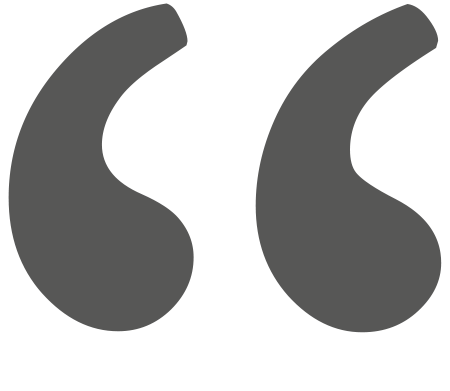The curriculum catching up with science and society
Already ten years before the publication of this CIDREE yearbook, scientists declared the world was embracing a fourth scientific paradigm: that of data-intensive scientific discovery (Tolle, Tansley, & Hey, 2011) (Hey & Trefethen, 2020). Of course, the yields of the former three paradigms are not to be neglected, as science is usually adding knowledge rather than replacing.
Experimental science has brought us the idea that systematic observations and descriptions help in understanding the world. Theoretical science has put effort into the formulation of these observations and descriptions in terms of ‘laws’, as for instance manifested in the astonishing work of sir Isaac Newton (1760). Computational science caught these laws into computerized models, adding simulations to the scientific toolkit (Wilensky, 1999). In the domain of mathematics, as an example, computational experimentation with the population model of Verhulst (1838) and atmospheric models (Lorenz, 1963) led to the formulation of chaos theory, as had been theoretically predicted by Poincaré (1890) In our current era, the abundancy of ubiquitous data, generated by the emerge of the internet of almost everything, facilitates scientists in discovering patterns in the raw data, even without an at forehand explicit law to be tested, thus leading to data-intensive scientific discovery.
Might this classification into scientific paradigms be biased by a contemporary perspective, it is still worthwhile to take a look at how these four paradigms, emerging in time, are reflected in secondary school curriculum. When taking the Dutch strand, the computational paradigm is just reflected in the STEM curriculum, where labs are organised utilizing sensor technology to capture the yields of experiments and simulations can be run, beside the elective theme Computational Science of the elective subject Computing. The data-intensive paradigm is only faintly represented in the domain Statistics of the applied mathematics curriculum. That is, the first and second paradigm are still dominating the Dutch secondary school curriculum.
At the same time we see that not only science but society as a whole is overwhelmed by the opportunities that are offered by digital technology. Price Waterhouse Coopers (PWC, 2021)ranked the largest publicly-traded companies by their market capitalization in U.S. dollars. In the top-ten of this list, there were five tech companies (Apple, Microsoft, Facebook, Alphabet, Tencent), two tech-retail companies (Amazon, Alibaba Group) and one automotive company (Tesla Incorporation). All of these firms have digital technology in their very core business. It is not exaggerated to state that digital technology dominates modern science and society.
To this CIDREE yearbook fourteen European countries have contributed. This is more than to any yearbook since CIDREE started in 2001 with publishing such a report on a yearly base around an actual European theme. This stresses the urge that is widely felt in order to make sure our curriculum catches up with the turbulent developments as regards digital technology.





